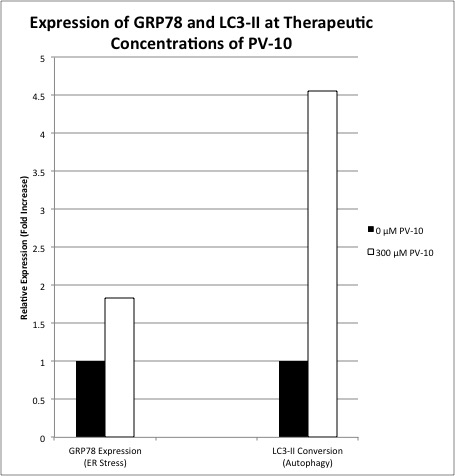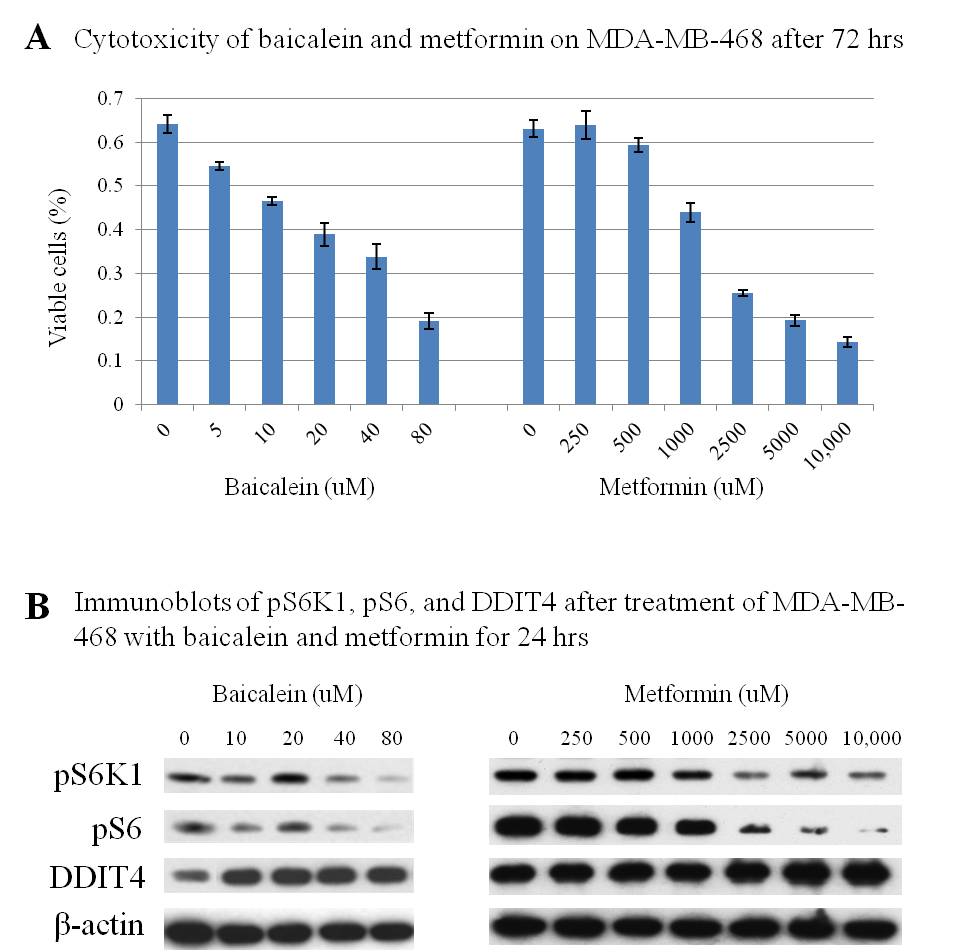S. C. DeMasi1, S. J. Katner2, E. Katsuta1, H. Aoki1, E. J. Peterson2, N. P. Farrell2, K. Takabe1 1Virginia Commonwealth University School Of Medicine And Massey Cancer Center,Division Of Surgical Oncology, Department Of Surgery,Richmond, VA, USA 2Virginia Commonwealth University And Massey Cancer Center,Chemistry Department,Richmond, VA, USA
Introduction: Recent Phase II and III clinical trials reported that Cisplatin is effective in certain metastatic breast cancer, however with severe side effects. New polynuclear platinum analogs, Triplatin and TriplatinNC, were developed to overcome the pitfalls of the former platinum agents; drug resistance and severe toxicity (Farrell et al, Chem Soc Rev 2015). Pharmacokinetics limited the clinical efficacy of Triplatin in Phase II clinical trials. Development of TriplatinNC resolved the PK issue. With less cytotoxic properties it is expected to be more clinically useful if it is in fact as effective as Triplatin.
Methods: MTT assay determined the IC50 of murine breast cancer 4T1-luc2 cells, and tube formation assay compared tube length of HUVEC cells when exposed to treatment. 4T1-luc2 cells were orthotopically implanted in female Balb/C mice 76 weeks of age. Tumor size was measured by caliper and bioluminescent imaging. Mice were randomized based on tumor size on day 1. Triplatin (0.3mg/kg), TriplatinNC (25mg/kg) or Saline was given ip on Day 1, 5, 9 and mice were sacrificed on Day 20. Lung metastasis was evaluated by ex vivo imaging. Pancreatic cancer peritoneal carcinomatosis, generated by ip injection of 1 million panc02-luc cells into C57/Blk6 mice, was used as a distant metastasis model.
Results:IC50 of 4T1-luc cells at 24, 48, and 72h were 89, 25, and 9µM for Triplatin, and 61, 24, and 8µM for TriplatinNC. Tube formation at 10µM concentration of Triplatin and TriplatinNC, using the student’s t-test a significant difference was found between groups, p=0.005 and p=0.002. Additionally 0.1µM TriplatinNC was statistically significant, p=0.003. In 4T1-luc2 implanted model, Triplatin and TriplatinNC suppressed tumor size to 20% and 43% of the control respectively, by Day 20. Bioluminescent imaging on Day 7 demonstrated reduced tumor growth in Triplatin and TriplatinNC to 54% and 57% of the control, respectively. However, imaging data turned out to be inaccurate after day 10 due to ulceration and necrosis of the tumor. Triplatin and TriplatinNC significantly reduced the amount of lung metastasis to 14% and 21% of the control, respectively. In pancreatic cancer peritoneal carcinomatosis model, Triplatin reduced carcinomatosis to 14% and 35% of the control, TriplatinNC by 39% and 39% of the control, in female and male mice on Day 9, respectively.
Conclusion: Both Triplatin and TriplatinNC effectively suppressed 4T1-luc2 breast cancer cell growth, and angiogenesis in vitro. Both agents demonstrated growth suppression of the primary tumor. However, striking effects were observed in advanced models, both lung metastasis and peritoneal carcinomatosis. New platinum compounds with anti-angiogenic properties warrant further investigation for advanced metastatic cancer.




